Tags: Antarctica
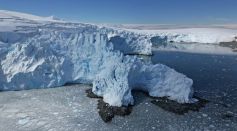
Amber Fragments Discovered in Antarctica Point to Once-Thriving Jungle
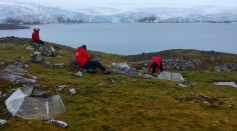
Rapid Warming in Antarctica Sees Vegetation Growth Expand Tenfold Since 1986
What Is Blood Falls? Does the Eerily Gory Waterfall in Antarctica Support Life?

Massive Iceberg the Size of Las Vegas Breaks Off From 500-Feet Thick 'Brunt Ice Shelf' in Antarctica, Map Reveals
Russian Research Ships Discover Huge Oil ,Gas Reserve in Antarctica; Potential Drilling in Protected Region Raises Environmental Concerns
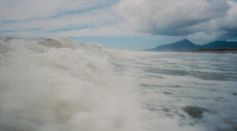
50-Year Mystery of Giant Hole in Antarctic Sea Ice Solved by Scientists; Salt Appeared To Play Crucial Role
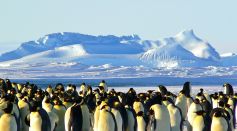
Emperor Penguins Face Threat of Extinction As 99% Could End Up Wiped Out by 2100 if Greenhouse Gas Emissions Persistently Rise, Study Reveals
Is Antarctica a Desert? Exploring the Geographical Feature Category of the World’s Driest Continent
700 Emperor Penguin Chicks Jump From 50-Foot Ice Cliff in Antarctica; Here's Why They Do This
A23a: NASA Satellite Shows the World's Largest Iceberg Twirling its Way Towards the Southern Ocean
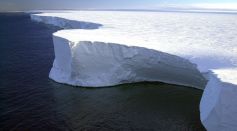
California-Sized 'Wilkes Subglacial Basin' Ice Sheet Capable of Raising Sea Levels by 3 Meters Could Be Close to Thawing at Its Base, Study Reveals
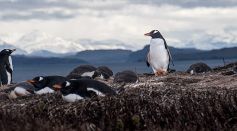
Avian Flu Detected in Gentoo Penguins for the First Time, Sparks Fear of Infection Among Antarctica’s Bird Colonies

4 Previously Unknown Emperor Penguin Colonies Found in Antarctica Through Poop Trails in Satellite Data
Why Are the Poles So Cold? Exploring the Geology of Arctic and Antarctic Regions
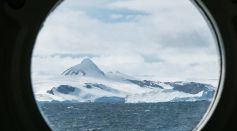
Seamounts That Shape Antarctic Circumpolar Current Now Mapped During Research Expedition
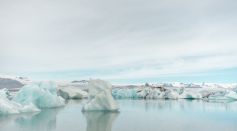
Polar Stratospheric Clouds Could Be the Reason Why the Poles Are Warming So Fast, Study Reveals
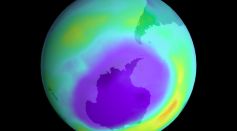
Ozone Layer Recovery Claims Might Not Be True: Controversial Study Reveals Possible Expansion of the Hole

What Is the Coldest Inhabited Place on Earth Today? Its Coldest Day Plunged to -71.2 C
Avian Influenza Hits the Antarctic Region for the First Time; Spread of Highly Pathogenic H5N1 Threatens Marine Mammals
How Did Antarctic Octopuses Thrive in Subzero Seas? Blue Blood and Cold-Adapted Enzymes Unveiled
Most Popular

Universe Origin Revealed: Exploring the Latest Big Bang Science Theories and Discoveries

Big Bang Physics and Cosmology: Can Science Really Explain the Origins of the Universe?

Space Tourism Future: How Commercial Space Travel Will Transform Civilian Exploration

What Causes Tornadoes and How They Form: Tornado Science Explained for Extreme Storms





